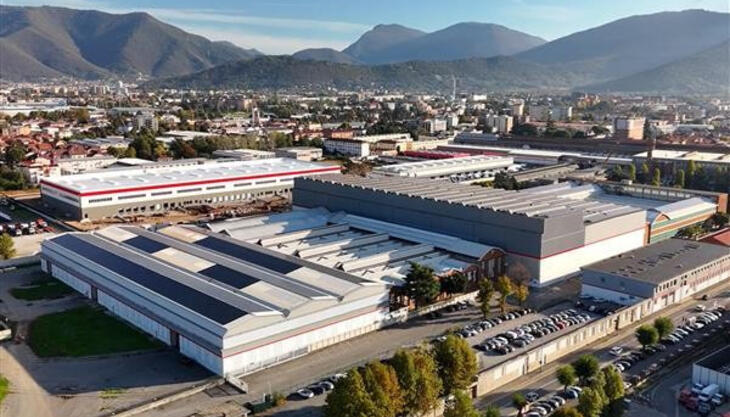Exports grew in the first semester
The analysis by Assocomaplast (the Italian trade association, belonging to Confindustria, which groups together some 160 machinery manufacturers) of the Istat figures for Italian foreign trade for the first half of this year shows a rise in import-exports of rubber and plastics equipment, compared to January-June 2013. More specifically, and extending the comparison also to the preceding months, a progressive rise in imports was registered, which closed the first half of the year up by +8%. This improvement can partly be ascribed to the - albeit limited - stimulus measures enacted by the Italian government.
Exports, on the other hand, though still comfortably positive, reveal a slight slowdown if we compare the +6.4% of June with the preceding months (+8.6% in May, +8.3% in April, and +8.9% in March). Looking at the most significant equipment categories, the twenty-percentage-point rise in imports of flexographic printers and injection moulding machines. On the export side, the +6% rise for extruders (which account for over 11% of the total), and also the strong performance of blow moulding machines (+16%) and flexographic printers, which continue to account for a considerable share of Italian exports in this sector. Finally, a separate mention goes to moulds, which account for the largest slice of Italian exports, and often contribute to sustaining them, with over 95 million euros worth going to Germany.
The ranking
of the top export destinations doesn’t show any major changes compared to the
first half of 2013:
- Europe
(60% of the total; more specifically, the EU accounts for 47%) +4.6%
- Americas
(18% of the total): +3.7%, driven by the considerable
recovery of sales to NAFTA countries, which amply counterbalanced the slowdown
of South America, affected by falling sales to Brazil
- Asia (17%): +24.7%. Also in this case, the balance was tipped by China,
but exports toward India and Indonesia also performed well. The Asia area also includes the Middle East,
where we note the positive performance of sales toward Saudi Arabia
- Africa (around 5% of the total): after a phase
of relative expansion, the African continent is now seeing a slowdown, made
worse in particular by the decline in sales to the markets of the Sub-Saharan quadrant.
















